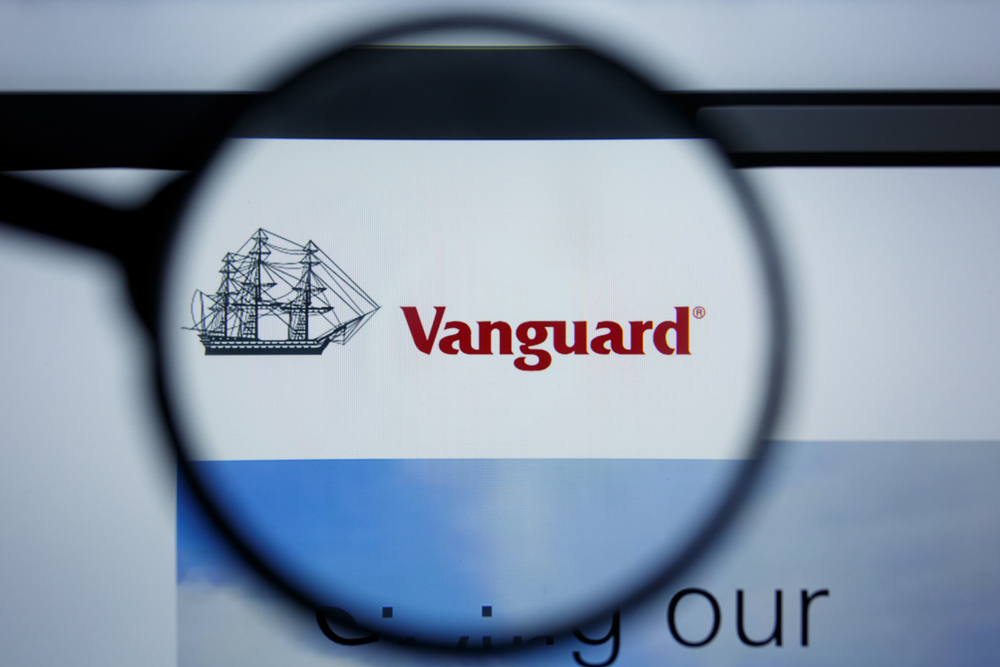The new tax year is nearly two weeks old and the sun is (almost) shining, so it’s a great time to ensure your funds' forecasts are as bright as possible.
In the same way you might rearrange your living room furniture, or buy fresh utensils for your kitchen, a quick rejig of your portfolio could provide a refreshing change.
From maximising your ISA allowances to ditching poor performers, Laith Khalaf, head of investment analysis at AJ Bell, has outlined what you need to do.
So, read on for his six tips on how to spring-clean your finances.
Consider any changes to your personal circumstances
Tying the knot, having a child, or buying a bigger house can have an impact on your finances, such as your life insurance requirements and the need to update your will. But life events might also affect how much risk you’re willing to take with your investment portfolio.
Perhaps you’ve come into an inheritance that means you feel more comfortable dialling up your investment risk, because your financial security has increased. Or maybe you now plan to retire earlier and draw on your pension, so it might be a good time to reduce the volatility of your portfolio. Consider what, if anything, has changed for you personally and whether your portfolio is still a good match.
Has your portfolio become bent out of shape?
Market prices aren’t static, and as a result, neither is the shape of your portfolio. Over short periods this won’t make much difference, but given time, the equilibrium in your portfolio can be lost as some bits move up faster than others and may mean your portfolio becomes too reliant on one fund or one region. Regular rebalancing is therefore an important discipline to keep your portfolio in good order.
As an example, consider a portfolio that was 50% invested in the UK stock market and 50% invested in the US stock market five years ago. Today, if left untouched, that portfolio would be approximately 60% invested in the US and around 40% invested in the UK, because the former has performed so much better than the latter.
After a review, you might be happy with the current split, but at least you would have made a considered decision, rather than simply letting the balance in your portfolio be dictated by market movements.
You should also give some consideration to the allocation across asset classes (if you aren’t fully invested in shares). That means taking a look at your exposure to shares, bonds, property, cash, gold and any other assets you might hold.
Replace poor performers
Check your portfolio for any serially poor active funds. These are not funds that have had a bad year, or where their investment style is out of favour, but rather funds that have consistently lagged behind competitors for a long period and show little sign of change for the better. Consider replacing fund duds with more promising active funds or cheaper tracker funds. The latter won’t outperform, but at least they aren’t charging the higher fees associated with active management for the privilege.
Ensure the reasons for investment remain
As well as inspecting performance, it’s worth checking that the fundamental reasons you bought an investment are still in place. For funds and investment trusts, make sure there hasn’t been a change in fund manager or strategy, and if there has, consider whether it’s still fit for purpose. If you invest in individual shares in your portfolio, consider if the reason you bought into a company has now run its course, or has still got some legs.
Also check if the business has undergone a material change in strategy or circumstances that make it a less attractive investment proposition.
Look for new opportunities
A portfolio review is a decent time to scout around for new investment ideas, which might replace funds or stocks you’re selling. Are there any emerging trends you might want to buy into? Or are there any fund managers who have impressed you with performance, and now merit inclusion in a portfolio, or perhaps a bigger share of your assets?
One thing that has changed over the last couple of years is a big fall in bond prices and a rise in yields. Those who have shunned bonds as part of the diversification in their portfolio, preferring instead perhaps property, gold, cash, or absolute return funds, might pause to give thought to whether bonds should be back on the menu.
Plan your taxes
A vital piece of the jigsaw is to make sure your portfolio is invested as tax efficiently as possible. The sooner you put your investments inside a tax wrapper like an ISA or pension, the sooner the tax protection kicks in.
This year, tax planning feels particularly relevant, because the capital gains tax (CGT) allowance has been cut from £6,000 to £3,000, after being cut from £12,300 in April 2023. Gains above this level on investments not held in a tax shelter are potentially liable to tax.
The dividend allowance has also been cut again from £1,000 to £500, after being reduced from £2,000 in April 2023. Again, dividends received above this level are taxable if not held in a tax shelter.
In an election year, it sounds like some more tax cuts might be brewing, but the reductions to these allowances were introduced relatively recently, so it would be surprising to see them reversed. In any case, it’s far simpler to protect yourself from tax on your investments using pensions and ISAs rather than hoping for a Hail Mary from the Chancellor.





